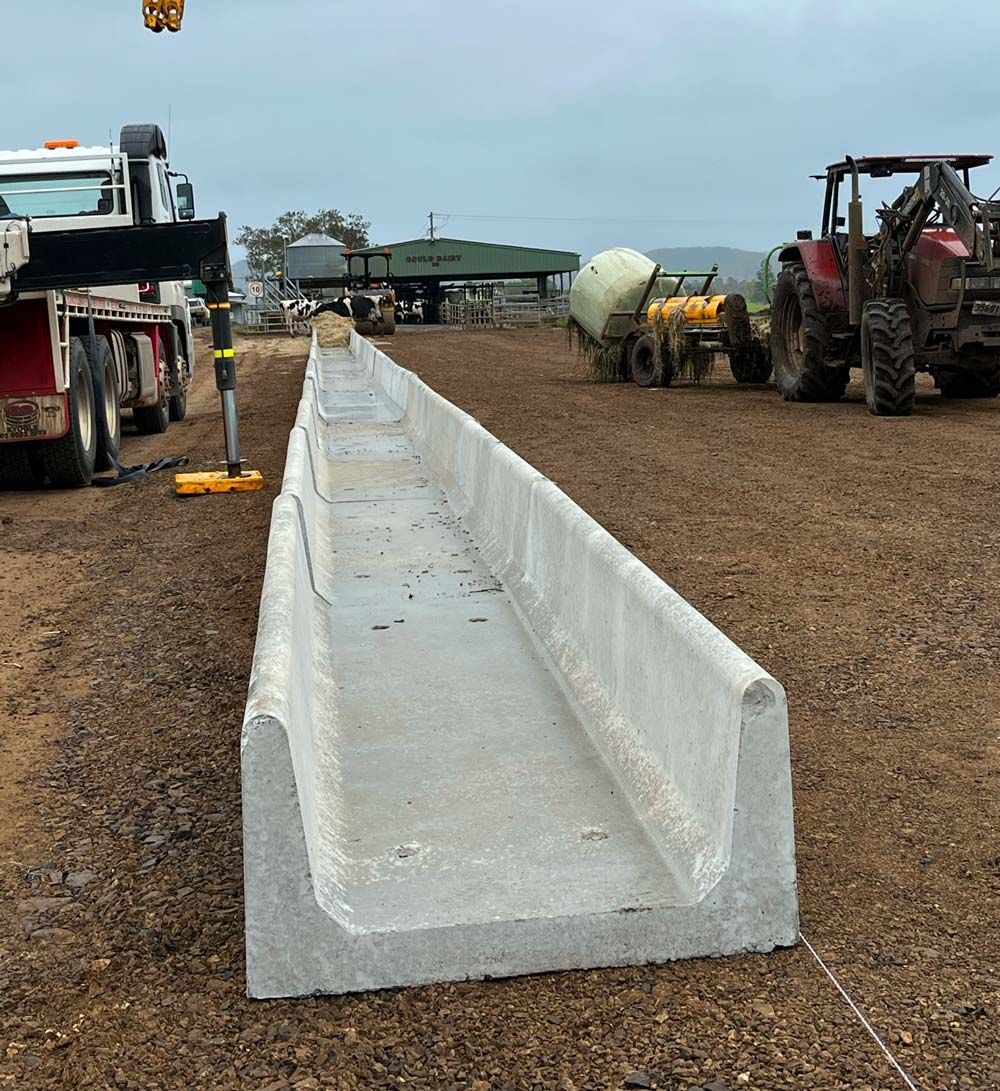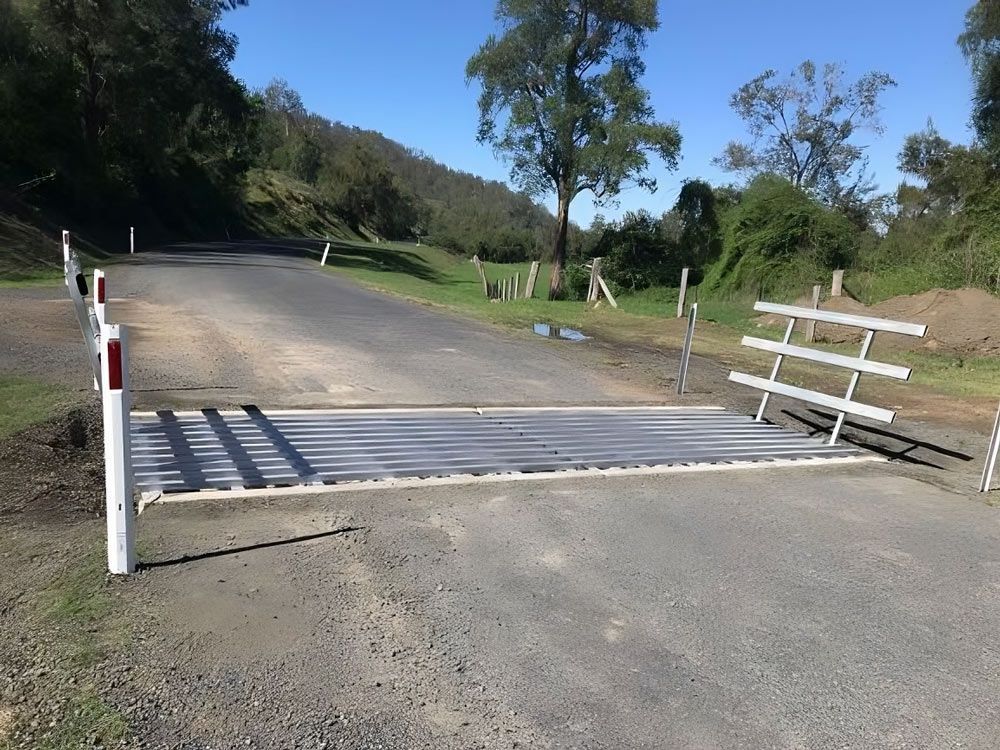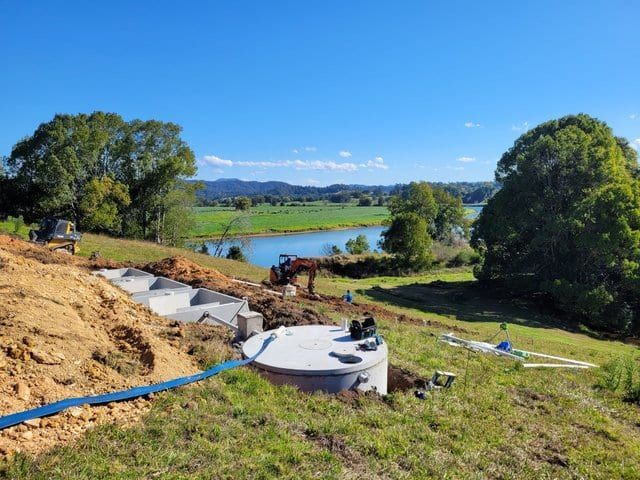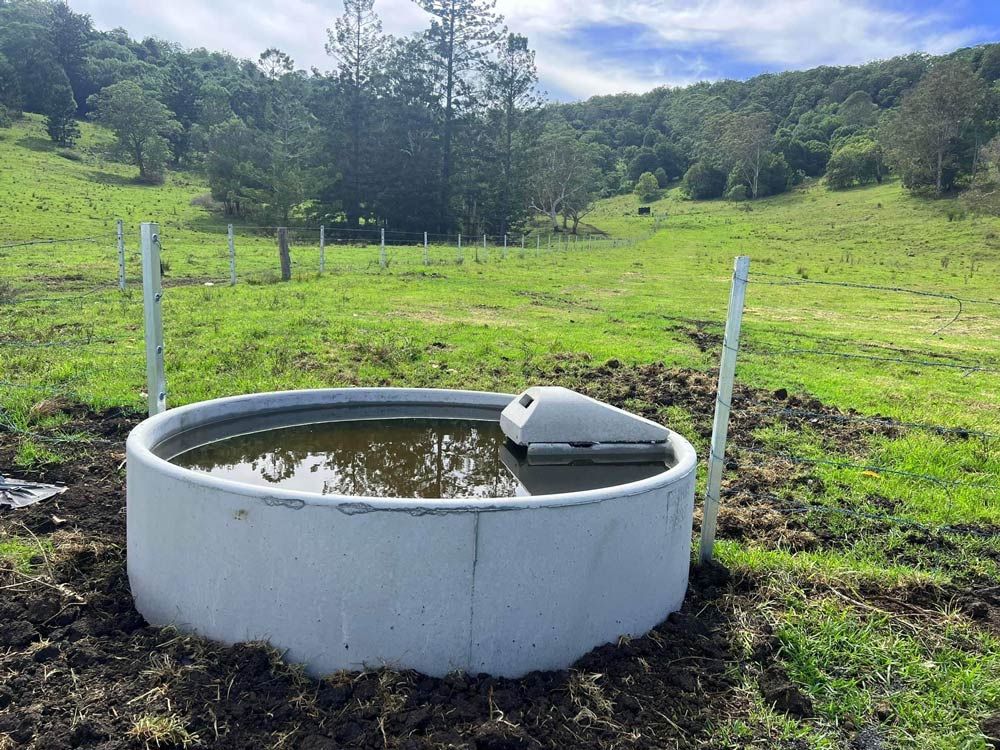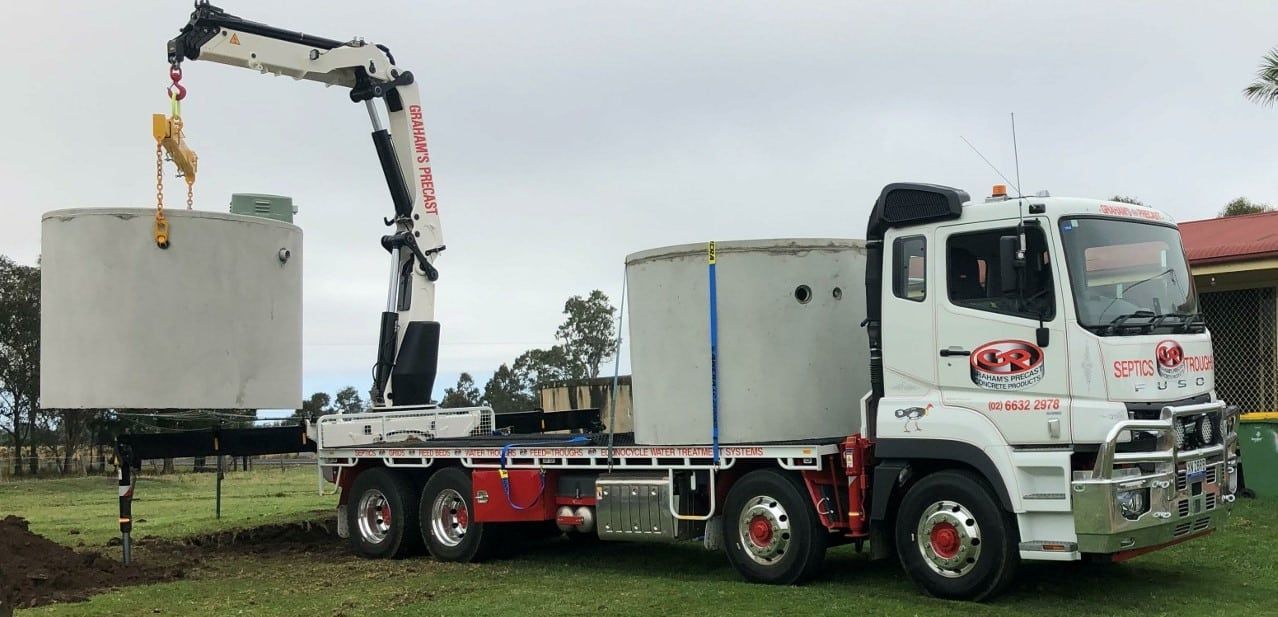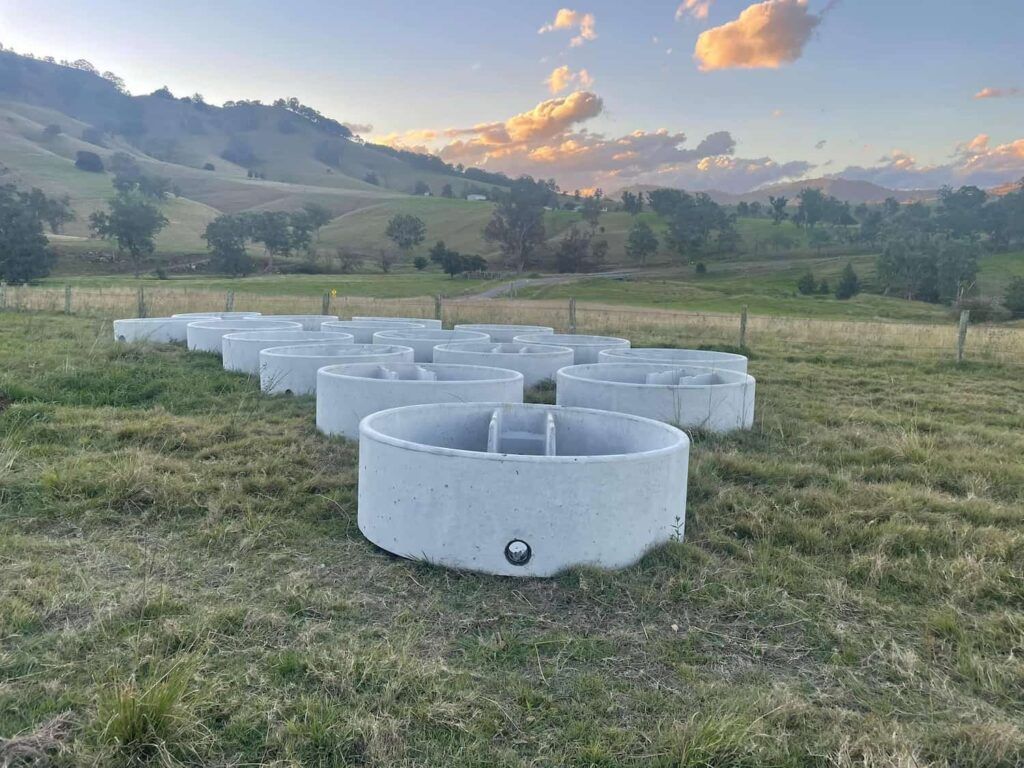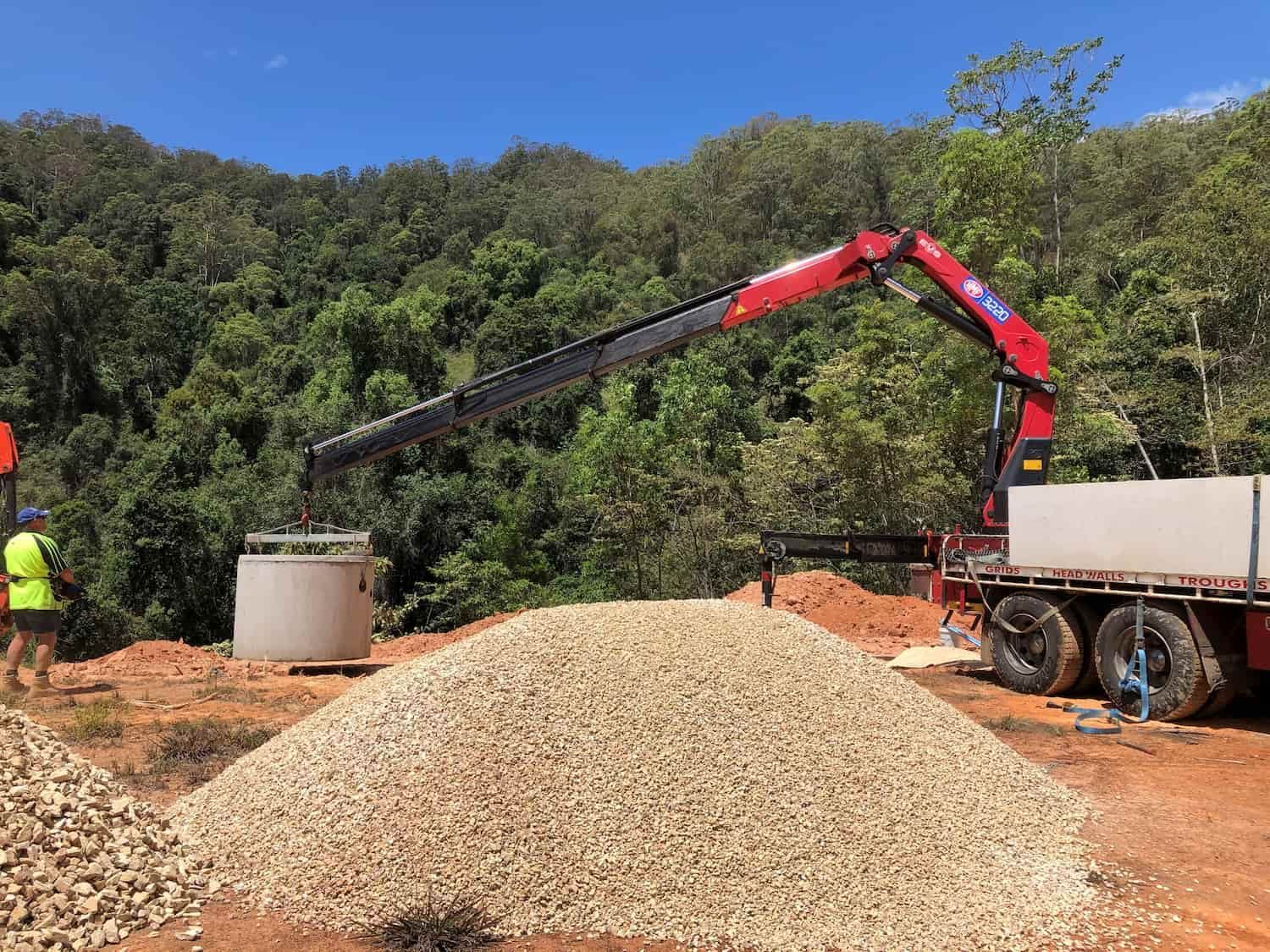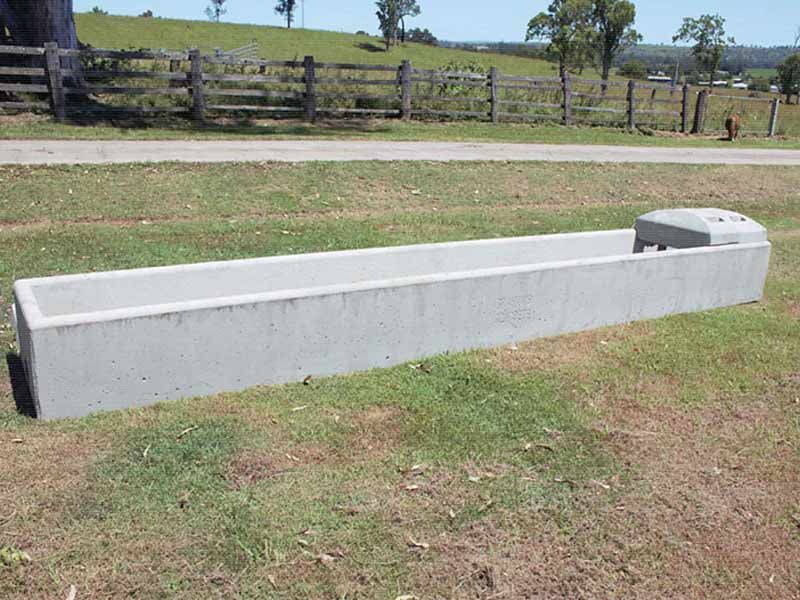Dos And Don'ts Of Using Concrete Troughs
Have you ever wondered how to properly manage your concrete troughs to ensure they provide the best service throughout their lifetime? Concrete troughs are indispensable in agricultural settings, serving as reliable water sources for livestock. However, their efficiency and longevity hinge significantly on how they are used and maintained. This blog explores the essential dos and don’ts of using concrete troughs, guiding you through the best practices that prolong their lifespan and ensure optimal farm hydration.
Do Ensure Proper Installation To Avoid Future Issues
The foundation of effective trough management starts with proper installation. Ensuring your concrete trough is correctly installed can prevent many structural and operational issues.
Assess the Site
Before installation, choose a level area that supports the weight of a full trough and allows easy access to animals and maintenance equipment.
Prepare the Base
A solid, stable base is crucial. Ideally, a gravel or concrete pad will prevent shifting and cracking.
Ensure Level Placement
Use a spirit level during installation to avoid water pooling at one end of the trough, ensuring uniform water distribution
Do Implement Seasonal Adjustments For Year-Round Efficiency
As seasons change, so do the needs of your livestock and the operational demands on your troughs. Adjusting your management strategy seasonally can significantly enhance water use efficiency and protect your animals’ health during extreme weather.
In winter, check and manage ice formation to maintain constant water availability. Installing water heaters or insulated covers can prevent the water from freezing, ensuring that livestock has continuous access to the needed water. Regularly remove any ice that does form and adjust the water levels to prevent overflow and the creation of icy patches around the trough, which could be hazardous to livestock.
In summer, ensure troughs are cleaned more frequently to prevent algae growth due to higher temperatures. Consider adding shade structures or positioning troughs in naturally shaded areas to reduce water temperature further and minimise evaporation. This keeps the water more appealing and cooler for the animals, promoting better hydration.
Do Check And Maintain Water Quality Consistently
Water quality in concrete troughs isn’t just about clarity; it’s about ensuring the health and hydration of your livestock. Poor water quality can lead to serious animal health issues, including diseases and reduced productivity.
- Inspect Water Daily: Look for clarity, smell and visible contaminants. Ensure that the water has no unusual colouration that could indicate contamination.
- Test Water Regularly: Use simple test kits to check for pH levels and contaminants. Regular testing helps in the early detection of problems, allowing for quick corrective actions.
- Clean Routinely: Schedule regular cleaning to remove algae, dust and sediment. This keeps the water fresh and prevents the build-up of harmful bacteria and toxins.
Don't Neglect Regular Cleaning And Maintenance
Placement is more than just convenience; it’s about ensuring all animals have equal access to water and that the trough remains functional and intact over time.
Consider Animal Movement
The trough should be placed where all animals can easily access it without crowding.
Avoid High Traffic Areas
Placing troughs away from high-traffic areas reduces the risk of damage from machinery and trampling.
Don't Use Harsh Chemicals For Cleaning And Repair
The integrity of your concrete troughs can be compromised by harsh chemicals, not to mention the potential risks to livestock health. You can follow the following guidelines:
- Use Gentle Cleaning Agents: Opt for vinegar or a mild detergent solution for effective cleaning. Ensure that any cleaning agents are thoroughly rinsed to prevent any residue from affecting water quality.
- Regular Inspections for Cracks: Early detection can help avoid the need for aggressive chemical repairs. Consistently inspect your troughs for any signs of wear and address issues promptly to extend the lifespan of your troughs.
Maximise Your Farm’s Efficiency With Our Concrete Troughs
Managing your concrete troughs can significantly impact their efficacy and your farm’s overall productivity. Choosing high-quality troughs from reputable suppliers ensures you start on the right foot. At
Graham’s Precast, we pride ourselves on offering high-quality precast concrete products that meet the highest quality and durability standards. Opt for concrete troughs that promise longevity and reliability. Embrace proper concrete troughs etiquette and incorporate these farm hydration tips to maintain a thriving agricultural environment.
Contact us today to ensure your farm’s hydration needs are met efficiently year-round.
